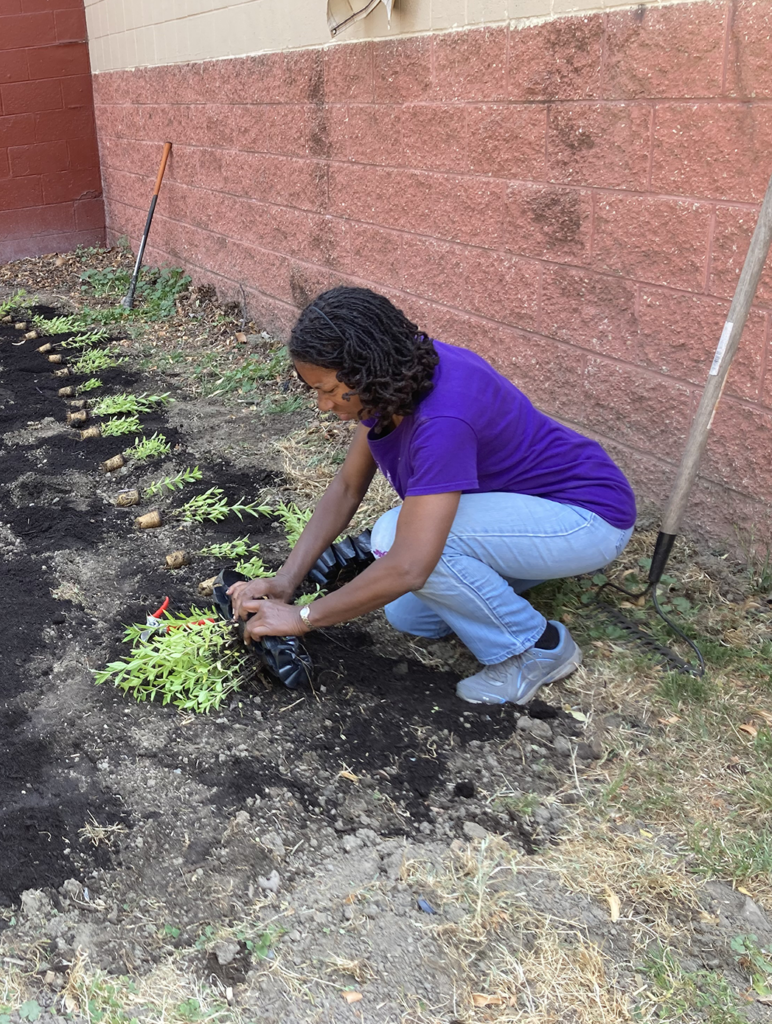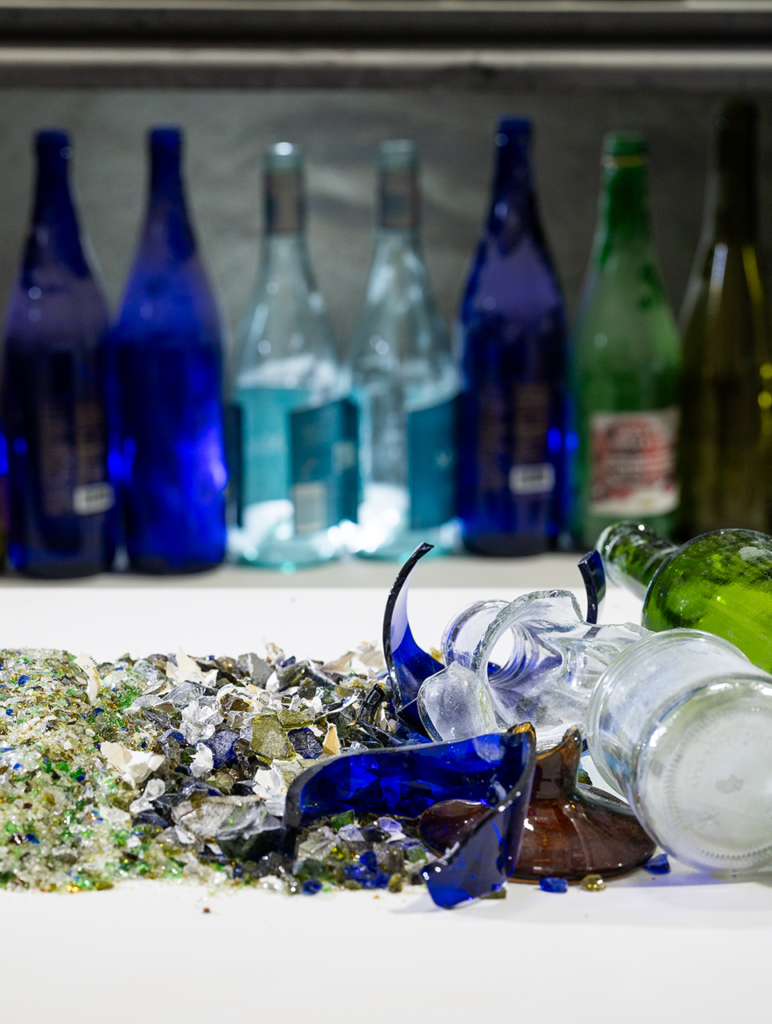In 2022, the Pennsylvania State Board of Education adopted new environmental literacy and sustainability standards. This is surely important — that all students in Pennsylvania learn about how to protect the environment and live sustainably — but how do we get them to take that education to heart? All the nature lovers out there know
MoreWhen many Philadelphians head out the door to traverse the city, they have an option in each pocket. In one are the keys to the car; in the other, a SEPTA card. And in their head, an often tortuous debate about which method of transportation would be safer, more affordable and more dependable. But many
MoreHow well do you know your neighbors? In a city as big as Philadelphia, there are always more folks to meet, but let’s talk about more than just Homo sapiens. Maybe you know your local squirrels. Are they simply entertaining, or do they steal your tomatoes? Perhaps you hear the starlings singing from telephone lines
MoreGrid is honoring Black Birders Week (May 26 – June 1) by printing an obituary recently published by the Delaware Valley Ornithological Club (DVOC) about their first Black member, James “Jim” Carroll. On the 30th anniversary of the founding of the John Heinz National Wildlife Refuge at Tinicum, June 30, 2002, pioneering Black birder Jim
MoreOur Water Matters is an ongoing series produced through an editorial collaboration of the Chestnut Hill Local, Delaware Currents and Grid Magazine. Across the country, civil engineers and water experts are bracing for new requirements announced in December 2023 by the Environmental Protection Agency (EPA) to take effect. For the first time, water systems may
MoreIf you want to elicit some angry comments from readers, print something unflattering about cats. We’ve done that more than once in Grid, pointing out the devastating impact that outdoor cats have on wildlife (they kill billions of birds, mammals and other critters per year in the United States). Author Scott Weidensaul drives that point
MoreSponsored Content: Community volunteers, with the help of nonprofit and private sector, create urban pollinator habitat in Point Breeze park
There’s a buzz around the new native plant habitats at Wharton Square Park in Point Breeze, and it’s spread all the way to Harrisburg. On April 30, the Friends of Wharton Square Park, in partnership with the Penn State Extension Master Watershed Stewards of Philadelphia County, received the Governor’s Award for Environmental Excellence for the
MoreMaybe it’s to grow fresh fruits and veggies that taste better than what you can buy at the grocery store. Maybe it’s for the satisfaction of seeing seeds you plant grow into something magnificent over months or even years of care. Maybe it’s to lay out a verdant and beautiful welcome mat to your neighbors.
MoreWe’ve sung the praises of native plants numerous times in these pages. Because truly, what’s not to love? Native plants — or “regionally-appropriate” plants, as Ryan Drake, McCausland Natural Areas manager at Morris Arboretum, urges us to call them — have abundant ecological benefits. They attract pollinators, sequester carbon, promote biodiversity, prevent erosion and require
MoreThe rain garden along Kelly Drive looks like any other installed by the Philadelphia Water Department: A mix of wildflowers, grasses, reeds and sedges grow in a shallow basin designed to soak up stormwater. The soil in which the plants sink their roots is what makes this particular garden unique. The two-foot-deep mix of compost
More











